Messer, E. J. E., Bowler, M. T., Claidière, N., & Whiten, A. (2022). The role of anointing in robust capuchin monkey, Sapajus apella, social dynamics. Animal Behaviour, 190, 103-114. doi:https://doi.org/10.1016/j.anbehav.2022.04.017
Anointing is a behaviour in which animals apply pungent-smelling materials over their bodies. It can be done individually or socially in contact with others. Social anointing can provide coverage of body parts inaccessible to the individual, consistent with hypotheses that propose medicinal benefits. However, in highly social capuchin monkeys, Sapajus and Cebus spp., anointing has been suggested to also benefit group members through ‘social bonding’. To test this, we used social network analysis to measure changes in proximity patterns during and shortly after anointing compared to a baseline condition. We presented two capuchin groups with varying quantities of onion, which reliably induces anointing, to create ‘rare resource’ and ‘abundant resource’ conditions. We examined the immediate and overall effects of anointing behaviour on the monkeys’ social networks, using patterns of proximity as a measure of social bonds. For one group, proximity increased significantly after anointing over baseline values for both rare and abundant resource conditions, but for the other group proximity only increased following the rare resource condition, suggesting a role in mediating social relationships. Social interactions were affected differently in the two groups, reflecting the complex nature of capuchin social organization. Although peripheral males anointed in proximity to other group members, the weak centrality only changed in one group following anointing bouts, indicating variable social responses to anointing. We suggest in part that anointing in capuchins is analogous to social grooming: both behaviours have an antiparasitic function and can be done individually or socially requiring contact between two or more individuals. We propose that they have evolved a social function within complex repertoires of social behaviours. Our alternative perspective avoids treating medicinal and social explanations as alternative hypotheses and, along with increasing support for the medical explanations for anointing, allows us to conceptualize social anointing in capuchins as ‘social medication’.
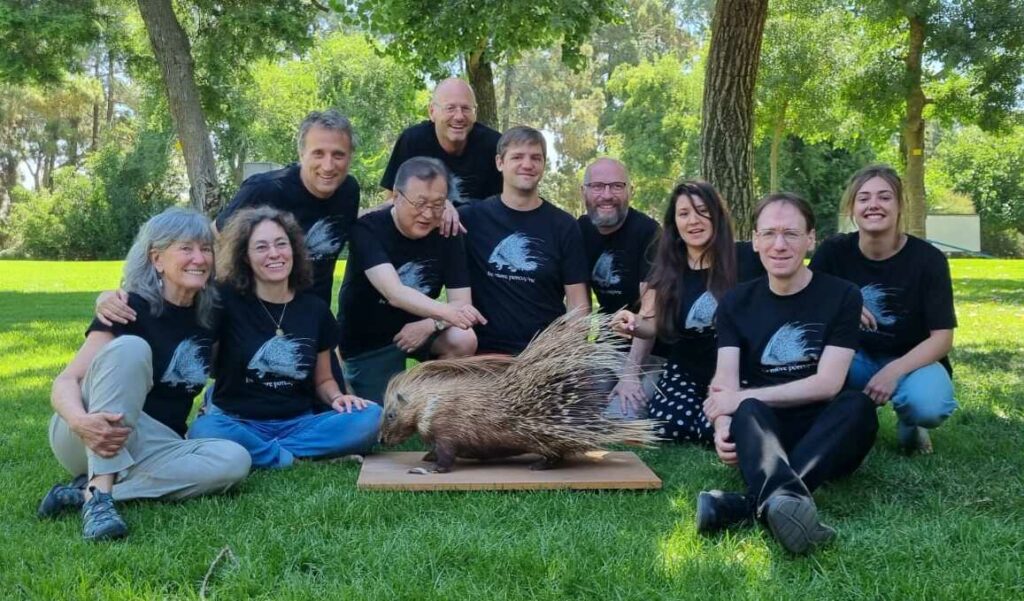


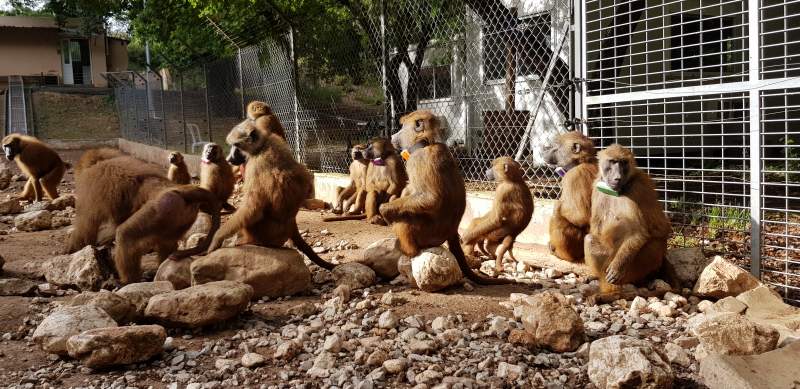
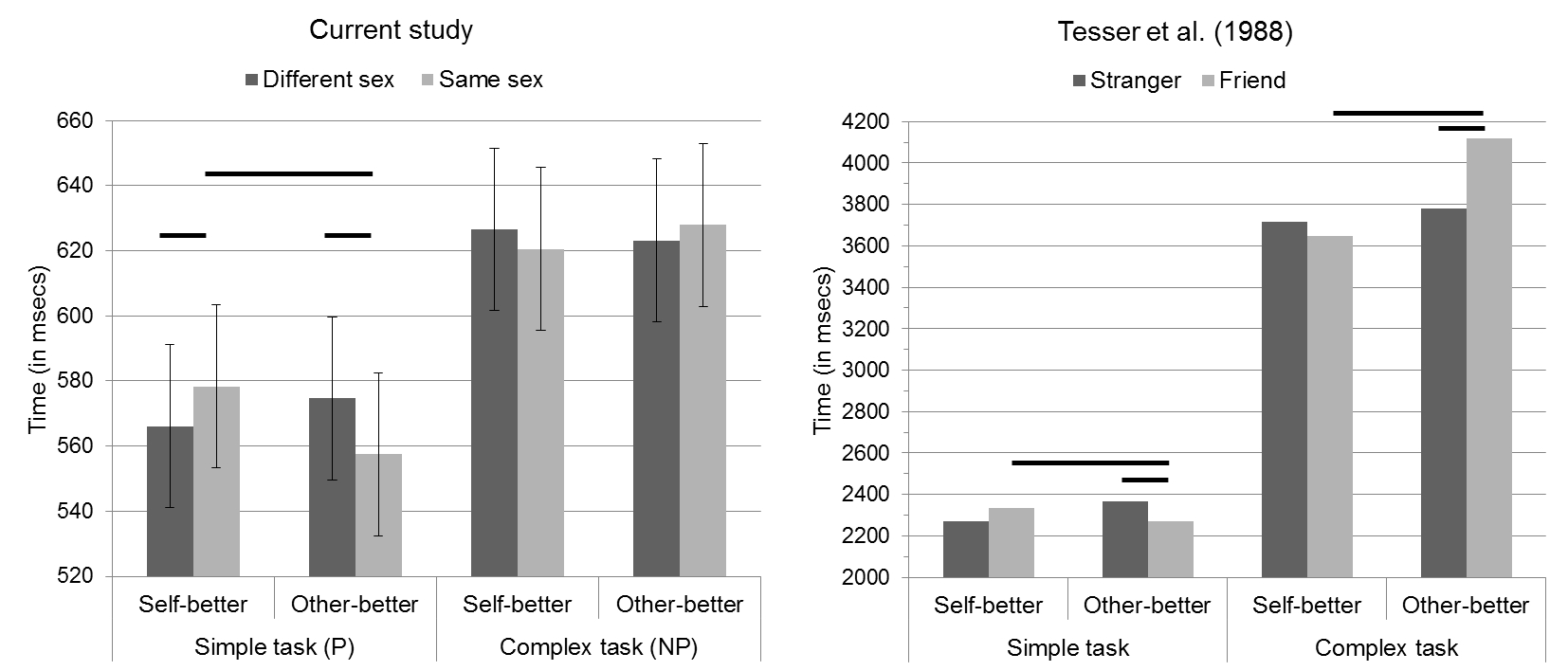
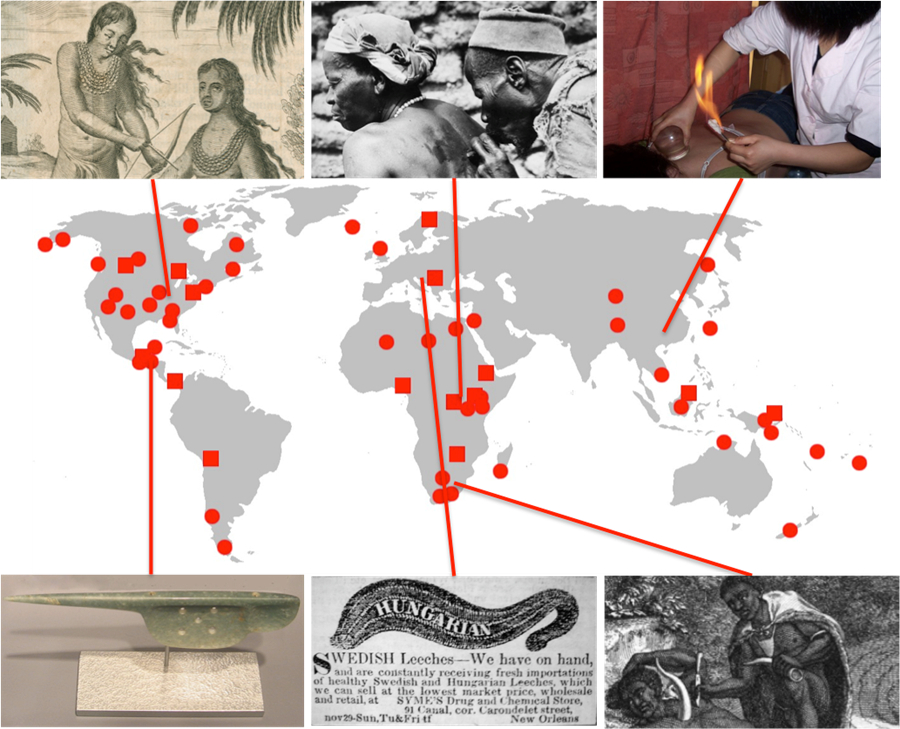
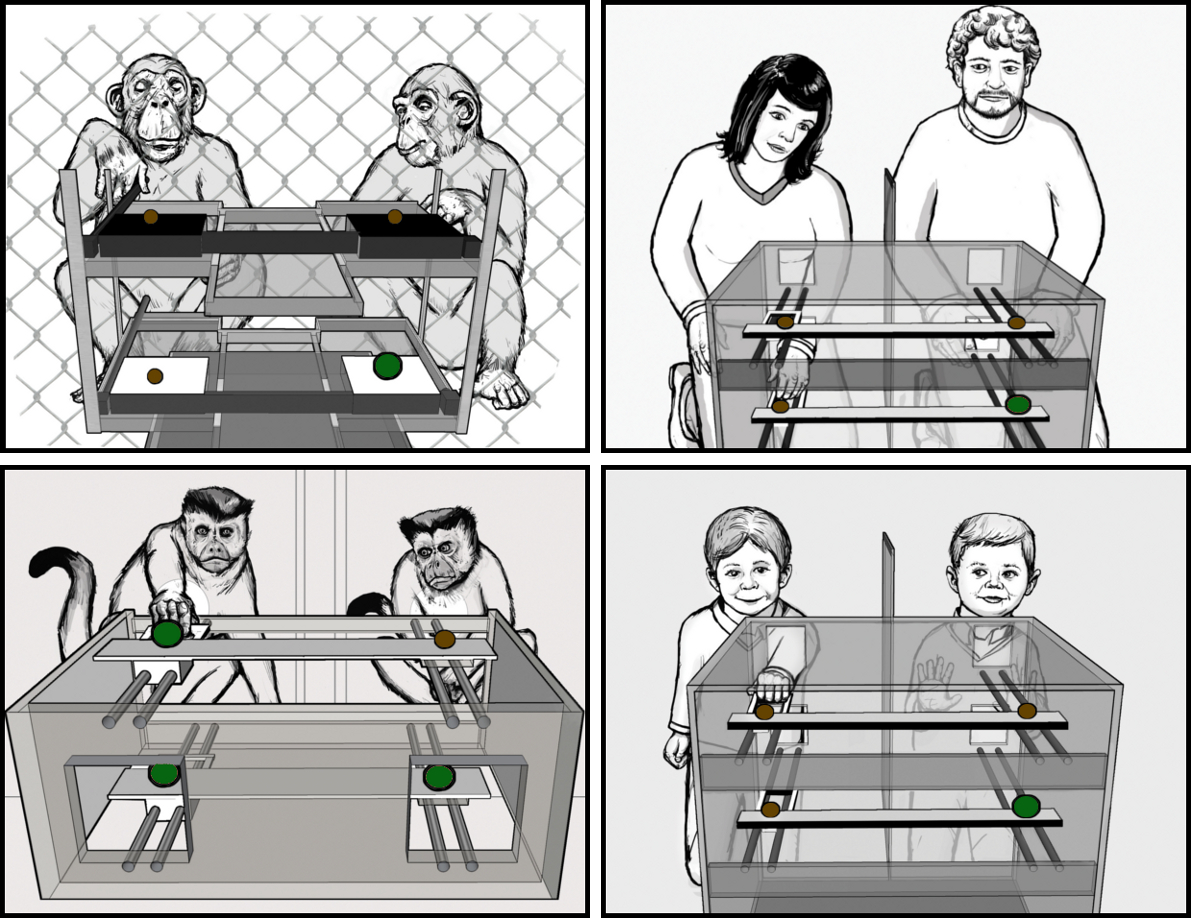
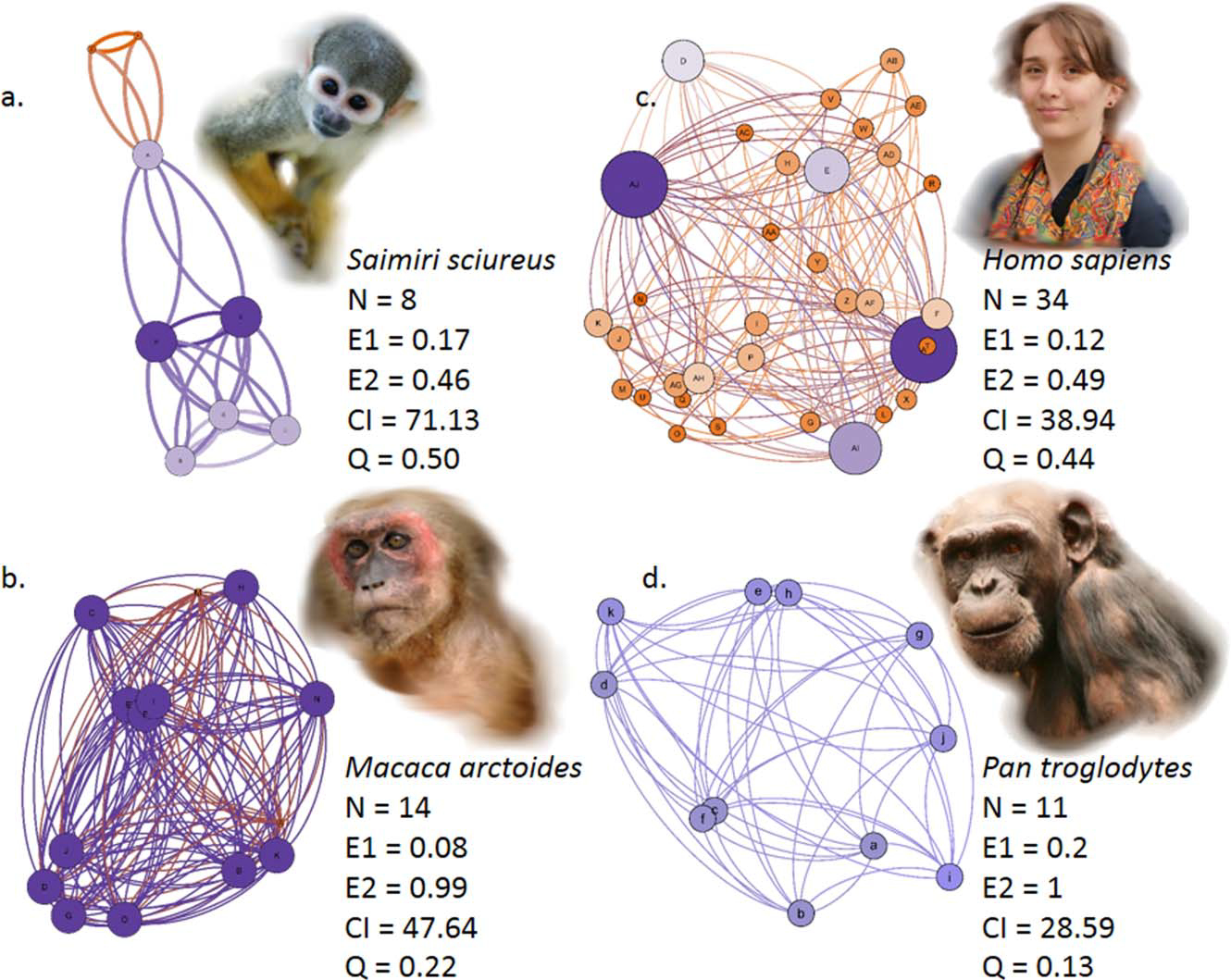 Pasquaretta, C., Leve, M., Claidiere, N., van de Waal, E., Whiten, A., MacIntosh, A. J. J., . . . Sueur, C. (2014). Social networks in primates: smart and tolerant species have more efficient networks. Sci. Rep., 4. doi: 10.1038/srep07600
Pasquaretta, C., Leve, M., Claidiere, N., van de Waal, E., Whiten, A., MacIntosh, A. J. J., . . . Sueur, C. (2014). Social networks in primates: smart and tolerant species have more efficient networks. Sci. Rep., 4. doi: 10.1038/srep07600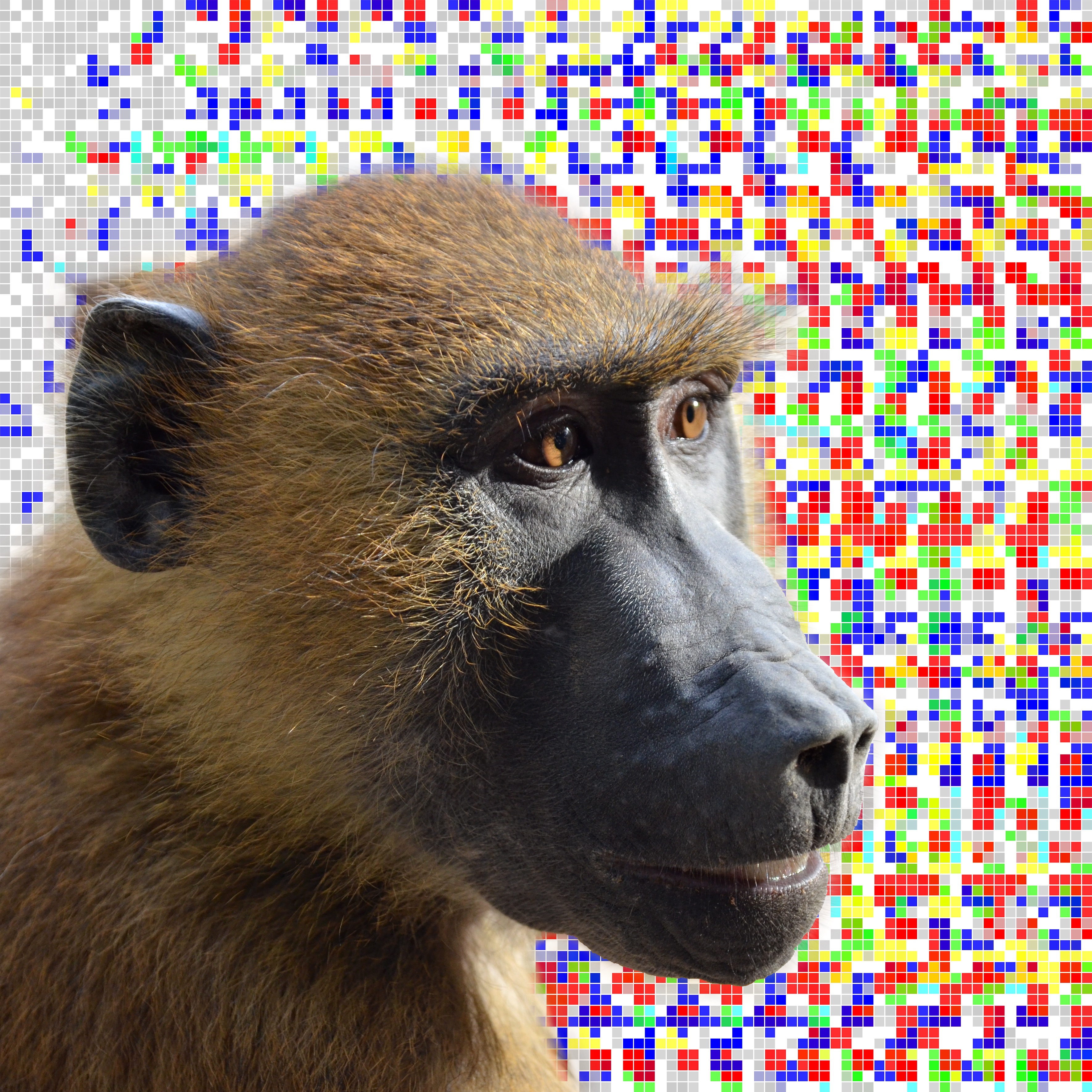
 Claidière, N., Smith, K., Kirby, S., & Fagot, J. (2014). Cultural evolution of systematically structured behaviour in a non-human primate. Proceedings of the Royal Society B: Biological Sciences, 281(1797). doi: 10.1098/rspb.2014.1541
Claidière, N., Smith, K., Kirby, S., & Fagot, J. (2014). Cultural evolution of systematically structured behaviour in a non-human primate. Proceedings of the Royal Society B: Biological Sciences, 281(1797). doi: 10.1098/rspb.2014.1541 Claidière, N., Scott-Phillips, T. C., & Sperber, D. (2014). How Darwinian is cultural evolution? Philosophical Transactions of the Royal Society B: Biological Sciences, 369(1642). doi: 10.1098/rstb.2013.0368
Claidière, N., Scott-Phillips, T. C., & Sperber, D. (2014). How Darwinian is cultural evolution? Philosophical Transactions of the Royal Society B: Biological Sciences, 369(1642). doi: 10.1098/rstb.2013.0368